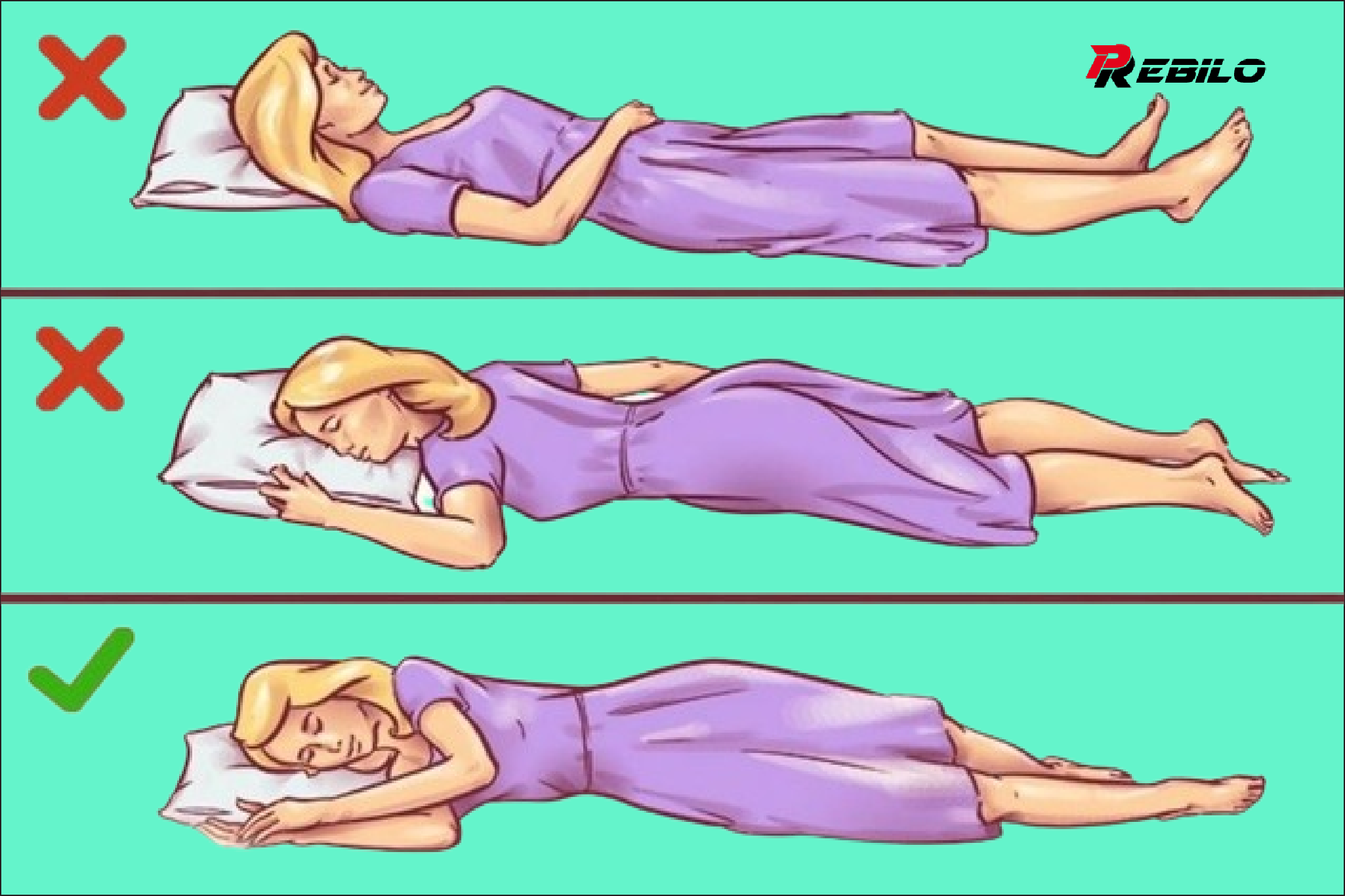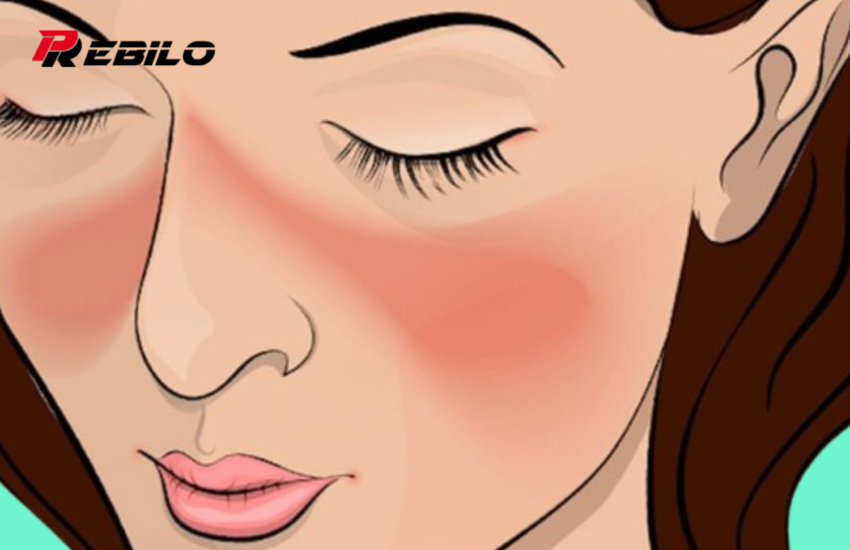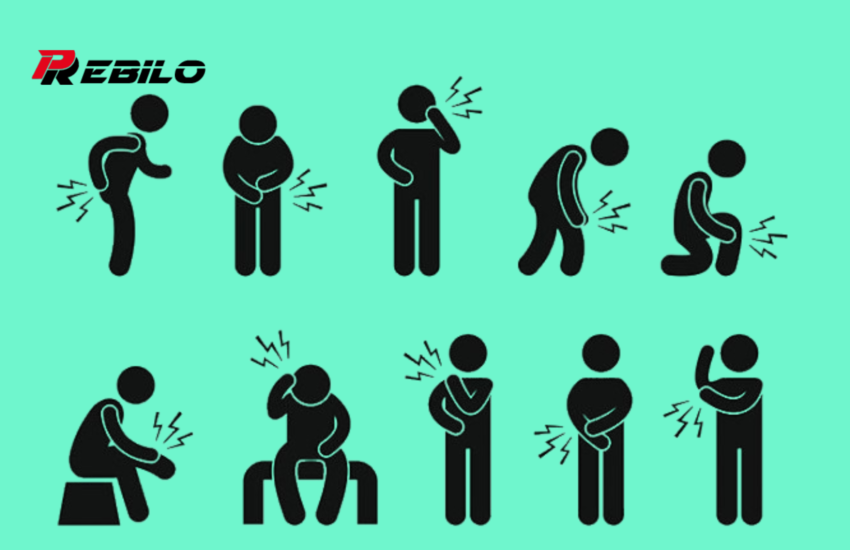How your sleeping position affects your health
On average, we spend 25 years of our lives sleeping, highlighting the crucial role proper rest plays in our overall health. Sleep not only rejuvenates the body but also improves brain function. Given the value of time, it becomes even more important to ensure that the time spent sleeping is put to good use. This article provides an in-depth exploration of different sleeping positions to help you choose the one that’s best for you. Let’s dive into the details!
- Soldier’s stance
Also known as Soldier’s Pose, sleeping on your back with your hands at your sides is the ideal sleeping position. Similar to Savasana in yoga, it has many health benefits.
Positives:
Excellent for relieving the spine, neck and arms.
Improves overall attitude.
Reduces acid reflux.
Helps maintain firm breast shape.
Relieves insomnia.
Reduces the possibility of headaches.
Prevents facial wrinkles.
cons:
It may worsen snoring in people with sleep apnea.
Not recommended during pregnancy.
It may cause lower back pain.
Solution:
Try sleeping on your back without a pillow to reduce snoring.
Use a large pillow under the back of your knees for lower back support.
- Starfish position
In this position, the person lies on his back with the arms raised to either side of the head.
Positives:
Excellent for spine and neck comfort.
Effective against insomnia.
Reduces headaches.
Helps reduce acid reflux.
Prevents facial wrinkles and skin cracks.
cons:
It may worsen snoring in individuals with sleep apnea.
Improper position of the arms can cause pressure on the shoulder nerve.
Possibility of lower back pain.
Solution:
Sleep without a pillow to maintain normal alignment of the head, neck and spine.
- Record the situation
Lying on your side with your arms down defines your torso position, which is especially preferable when you’re on your left side.
Positives:
Ideal for supporting the spine in its natural curves.
Prevents back and neck pain.
Reduces sleep apnea and snoring.
Recommended for pregnant women.
cons:
The upper leg lacks support, which increases the risk of back or hip pain.
It may contribute to aging skin, facial wrinkles, and sagging breasts.
Possibility of neck pain.
Solution:
Use a large pillow for neck support.
Place a pillow between your thighs to support your upper leg.
- The position of the Sunnis
Sleeping on the left side with arms extended characterizes the sleeping position and offers unique benefits.
Positives:
Prevents neck and back pain.
Reduces acid reflux and snoring.
Relieves heartburn.
It removes waste from the brain efficiently, reducing the risk of disorders.
It is associated with fewer nighttime awakenings.
cons:
It may restrict blood flow, causing shoulder and arm pain.
Nerve compression may stress internal organs.
Possibility of sagging breasts and premature skin aging.
Solution:
Use a satin pillowcase to reduce facial wrinkles.
Place a pillow between the knees to support the upper leg.
- Fetal position
Sleeping with the knees toward the chest and the chin down is what characterizes the fetal position, and is widely common among women.
Positives:
Significantly reduces snoring.
Preferable for pregnant women.
Relieves acid reflux.
cons:
Extreme curling may strain the neck and back, causing pain.
Like other side sleeping positions, it may contribute to wrinkled skin and sagging breasts.
Solution:
Use a firm pillow to support the head.
Alternate sides during the night.
- Free fall position
It is generally not recommended to lie on your stomach while sleeping.
Positives:
Some cases indicate decreased snoring.
cons:
- Spinal strain, causing neck and lower spine pain.
Interruption of blood circulation leads to facial wrinkles.
It puts unnatural pressure on the internal organs.
In short, choosing the right sleeping position is crucial to maximizing the benefits of the ample time we devote to sleep. Consider your individual needs and preferences to ensure restful, health-promoting sleep.


